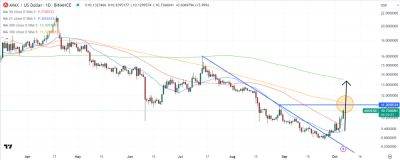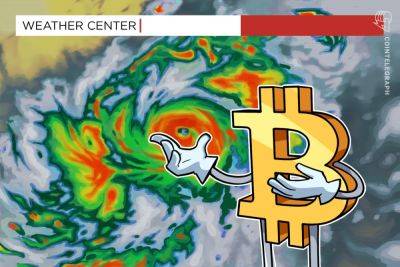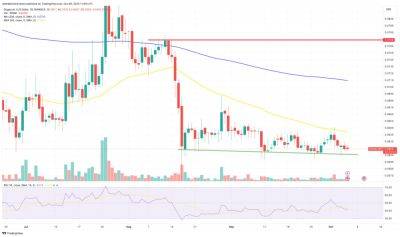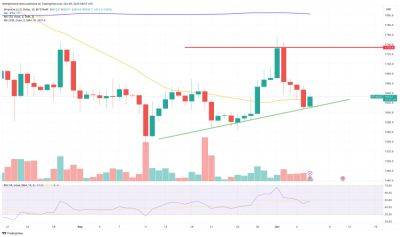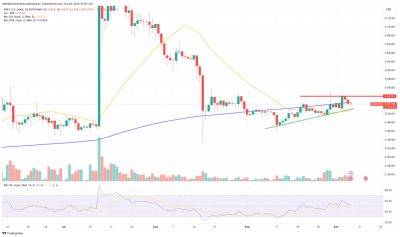Bitcoin price holds steady as S&P 500 plunges to 110-day low
On Sept. 20, the Federal Reserve delivered a message that reverberated through financial markets: interest rates are expected to remain at their highest level in over two decades, and possibly for longer than most market participants’ expectations. This attitude comes against the backdrop of stubbornly high inflation, with the core inflation rate hovering at 4.2%, well above the central bank's 2% target, and unemployment at record lows.
As investors grapple with this new reality, a pressing question arises: Will the S&P 500 and Bitcoin (BTC) continue to underperform in the face of a tighter monetary policy?
The impact of the Fed's decision was swift and severe. The S&P 500 plunged to its lowest level in 110 days, signaling growing unease among investors.
Notably, the 10-year Treasury yield surged to levels not seen since October 2007. This movement reflects the market's belief that rates will continue to climb, or, at the very least, that inflation will eventually catch up with the current 4.55% yield. In either case, anxiety is mounting over the Fed's ability to sustain these elevated interest rates without destabilizing the economy.
One intriguing development amidst this financial turbulence is the apparent disconnect between the S&P 500 and cryptocurrencies, particularly Bitcoin. Over the past five months, the 30-day correlation between the two assets presented no clear trend.
Such divergence suggests that either Bitcoin has anticipated the stock market correction, or external factors are at play. One plausible explanation for this decoupling is the hype surrounding the possible introduction of a spot Bitcoin ETF and regulatory concerns that have hindered the upside potential of cryptocurrencies. Meanwhile, the S&P 500
Read more on cointelegraph.com





